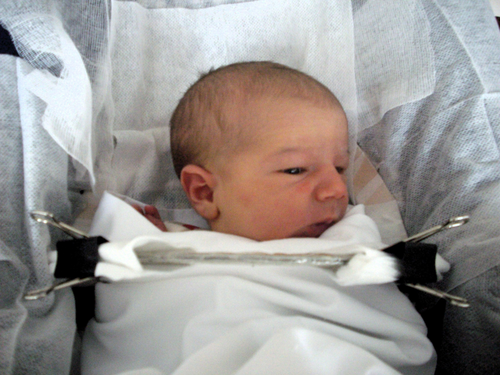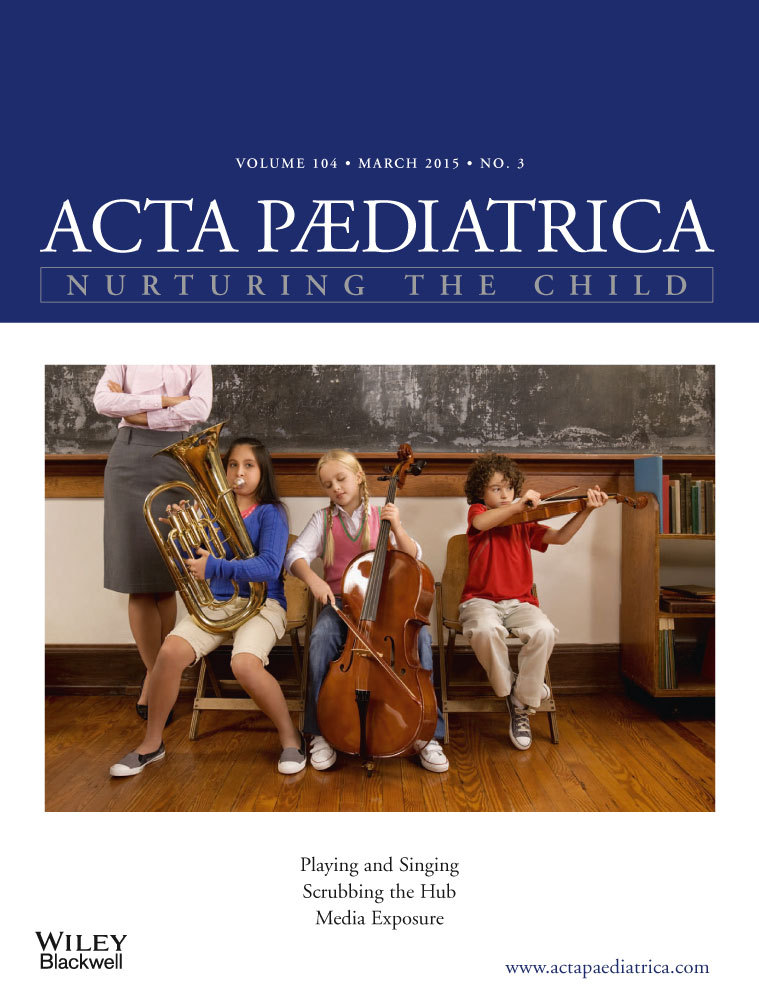Two-day-old newborn infants recognise their mother by her axillary odour
Abstract
Aim
The aim of this study was to verify the influence of mother to child skin-to-skin contact and the ability of 2-day-old infants to recognise their own mother's axillary odour.
Methods
We tested the responses of 19 vaginally delivered, breastfeeding newborns to their mothers' axillary odours using a paired-choice test. The eight males and 11 females were exposed to their own mother's axillary odour and the odour of another unfamiliar new mother taking part in the study, and their responses to each woman were taped for 60 sec. We did this by assessing how long their heads were orientated towards pads carrying the scents of their mothers and the unfamiliar women.
Results
The average time that the infants' heads were orientated towards the olfactory stimulus of their own mothers was 20.53 sec, which was significantly longer than the 11.13 sec recorded for the unfamiliar women (p < 0.05). In addition, this orientation increased significantly with the newborn infants' age in hours (Spearman's Rho = 0.58, p < 0.01) and their recognition time significantly decreased (Spearman's Rho = −0.52, p < 0.05).
Conclusion
Two-day-old breastfeeding newborn infants who experienced skin-to-skin contact with their mothers were able to recognise their axillary odour.





